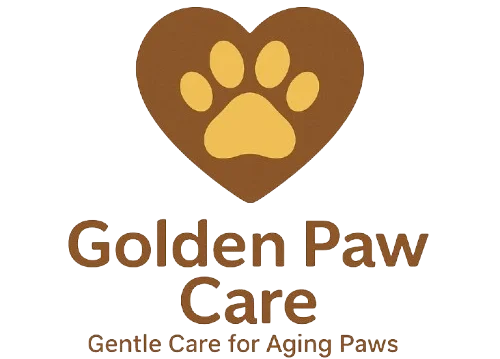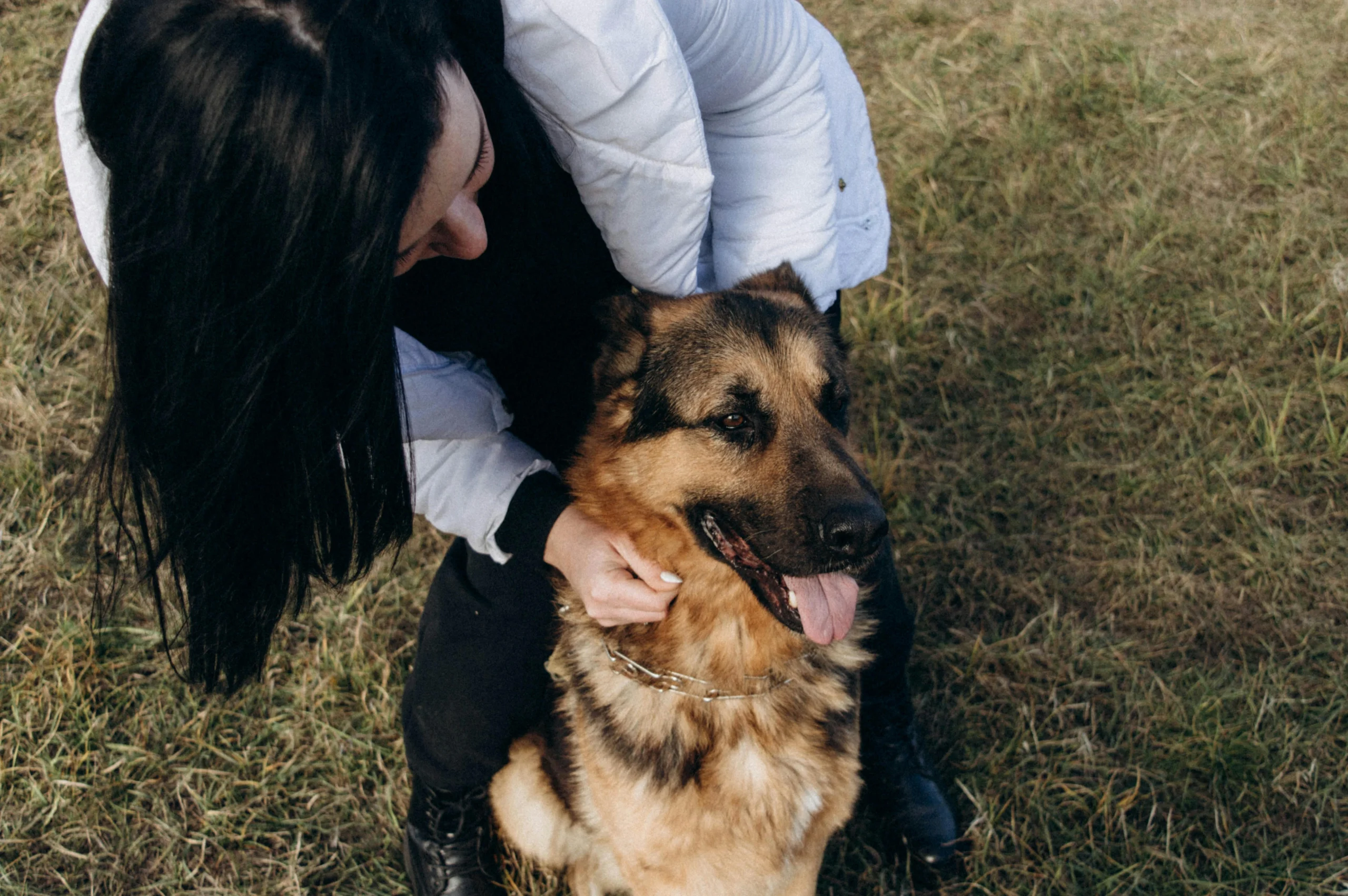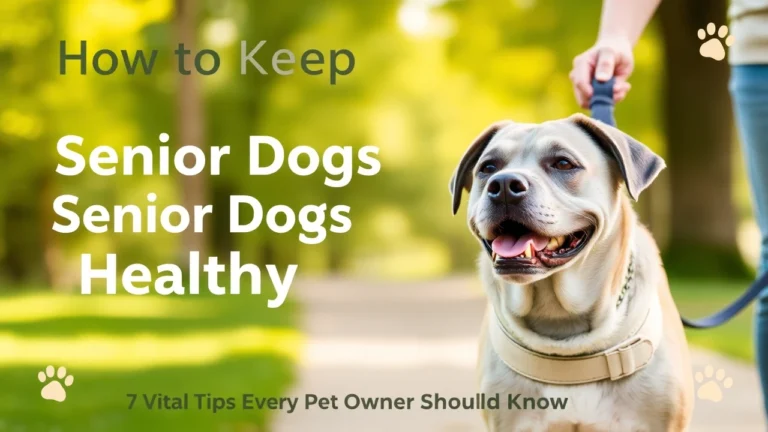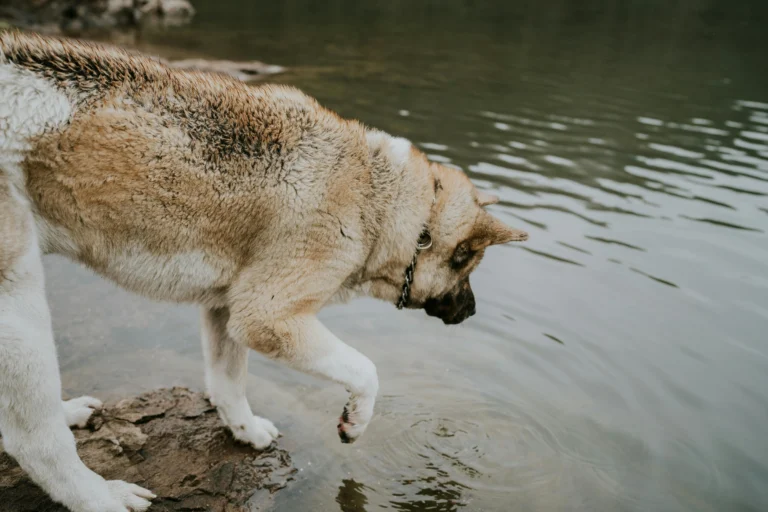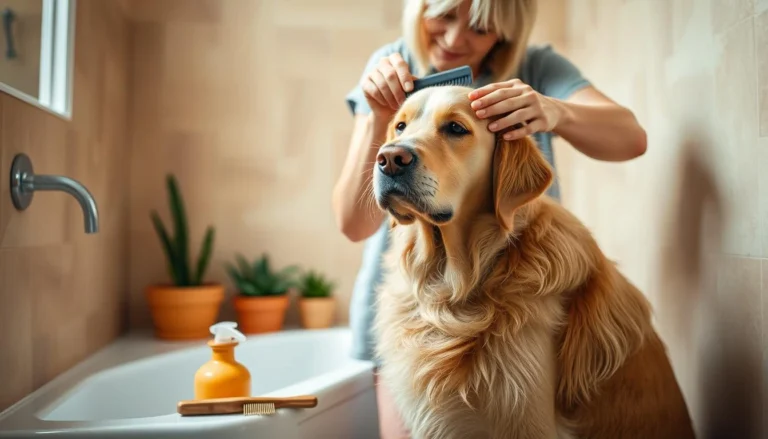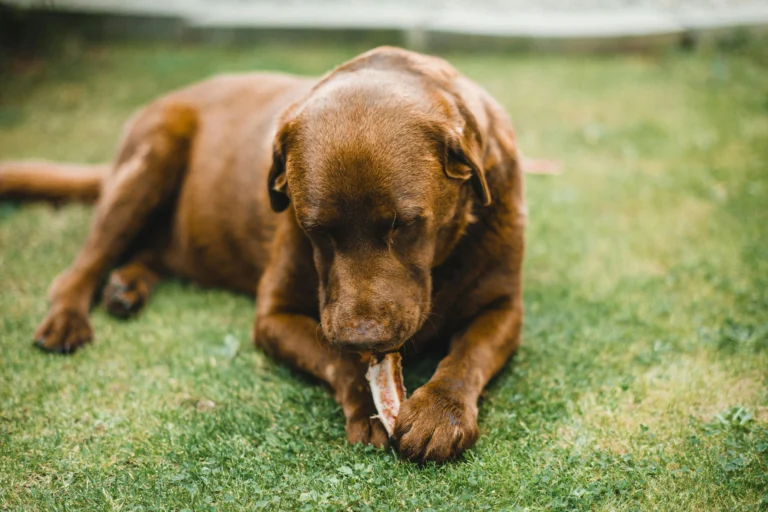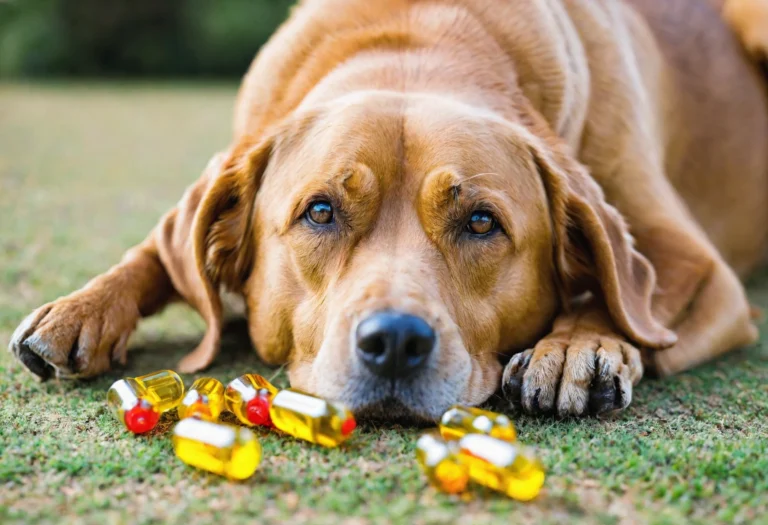Dental Care for Older Dogs
Introduction
As dogs grow older, their needs shift, and dental care for older dogs often becomes one of the most overlooked yet critical parts of senior pet health. Just like humans, dogs experience changes in their teeth and gums over time. Neglecting their oral hygiene can lead to serious issues that go beyond the mouth.
In older dogs, plaque and tartar can build up faster, causing discomfort, infections, and even tooth loss. But it doesn’t stop there. Bacteria from the mouth can enter the bloodstream and negatively impact major organs, including the heart and kidneys. That’s why dental care goes beyond fresh breath, it plays a vital role in safeguarding your dog’s overall health.
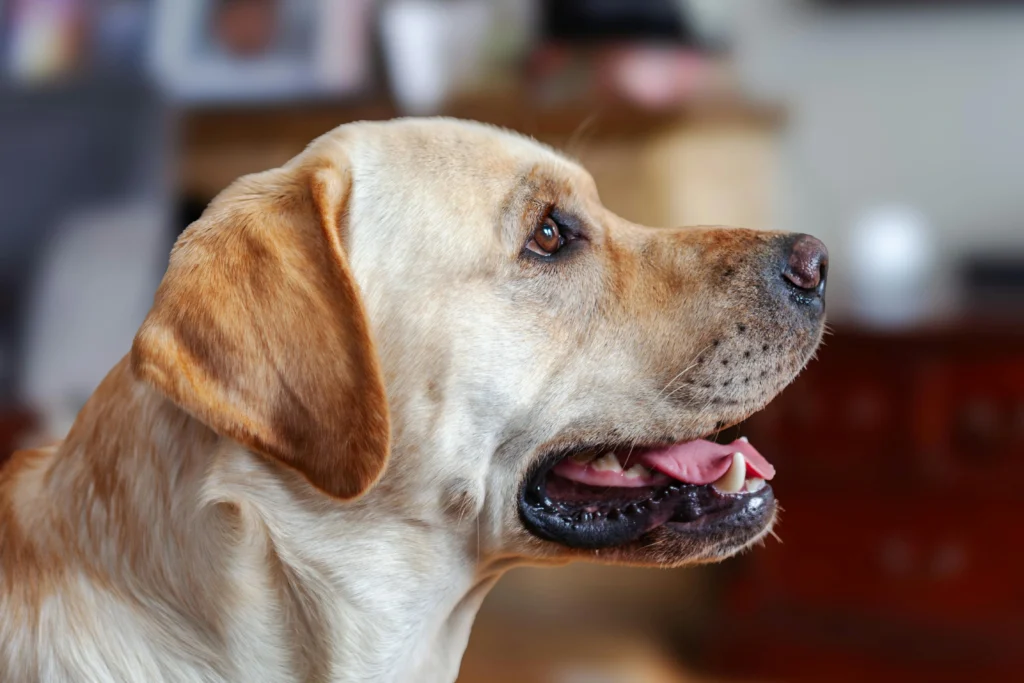
Many pet parents assume that if their dog is eating normally, there’s no problem. But the early signs of dental trouble can be subtle: less interest in chew toys, drooling, or even behavior changes. Staying ahead with proper dental care is far easier than treating painful conditions later on.
From home brushing routines to professional cleanings, small daily actions can make a big difference. Prioritizing your dental care for older dogs health means you’re giving them the best chance at staying active, happy, and pain-free in their golden years.
Table of Contents
Common Dental Problems in Senior Dogs
How Aging Impacts Your Dog’s Mouth
As dogs grow older, their bodies begin to slow down, including their dental health. Dental problems in senior dogs frequently go undetected, as the symptoms are often mild or hard to recognize. But left untreated, these problems can impact more than just their teeth. They can lead to pain, difficulty eating, infections, and even damage to internal organs through bacteria spread.
One issue that appears frequently is gum shrinkage. When the gums recede, the delicate tooth roots become exposed, leading to discomfort and an increased risk of decay. This often comes with persistent bad breath, which is a warning sign that shouldn’t be ignored.
Another concern is tooth mobility. In older dogs, the supporting bone around the teeth can weaken over time. If teeth become loose, it can hurt your dog to chew, or they may avoid food altogether.
Hidden infections are also common. Some senior dogs develop abscesses beneath the gum line that you might not notice until swelling or behavioral changes appear. These infections can be quite painful and might even lead to tooth extractions.
Finally, older dogs may develop oral growths, which can be either benign or cancerous. These often look like lumps on the gums or cheeks and should always be examined by a vet.
Paying close attention to how your dog eats, chews, or behaves around food can help you spot these issues early. Consistent dental checkups, even those done at home, are crucial for spotting issues early before they escalate.
How to Clean a Senior Dog’s Teeth at Home
Creating a Gentle Dental Routine for Aging Dogs
Oral hygiene becomes increasingly important as your dog enters their senior years. Over time, plaque, tartar, and gum sensitivity can lead to painful infections or even tooth loss. Fortunately, establishing a simple and gentle cleaning habit at home can prevent most of these issues without needing constant vet visits.
Begin with the right supplies. Select a toothbrush made for dogs, these are designed to be softer and more suitable for sensitive mouths. For toothpaste, only use formulas made for pets. Human toothpaste often contains harmful ingredients that dogs should never ingest.
Before you introduce brushing, help your dog get comfortable. Allow them to sniff and taste the dog toothpaste. Once they’re familiar with it, gently lift their lip and softly touch their teeth and gums using your finger. This step reduces anxiety and builds trust.
When your dog seems at ease, begin brushing slowly using circular motions. Focus on the outside surfaces of the teeth and around the gumline. You don’t need to clean the entire mouth in one go, short, calm sessions are more effective and less stressful for dental care for older dogs.
To supplement brushing, consider dental-friendly treats, chew toys, or oral rinses designed for dogs. These products won’t replace brushing but help reduce bacteria between cleanings.
Always use a calm voice, gentle handling, and offer praise afterward. This builds a positive routine that your dog will begin to tolerate and even enjoy with time.
Just a few minutes each week can dramatically improve your dental care for older dogs health, reducing the risk of pain and disease as they age.
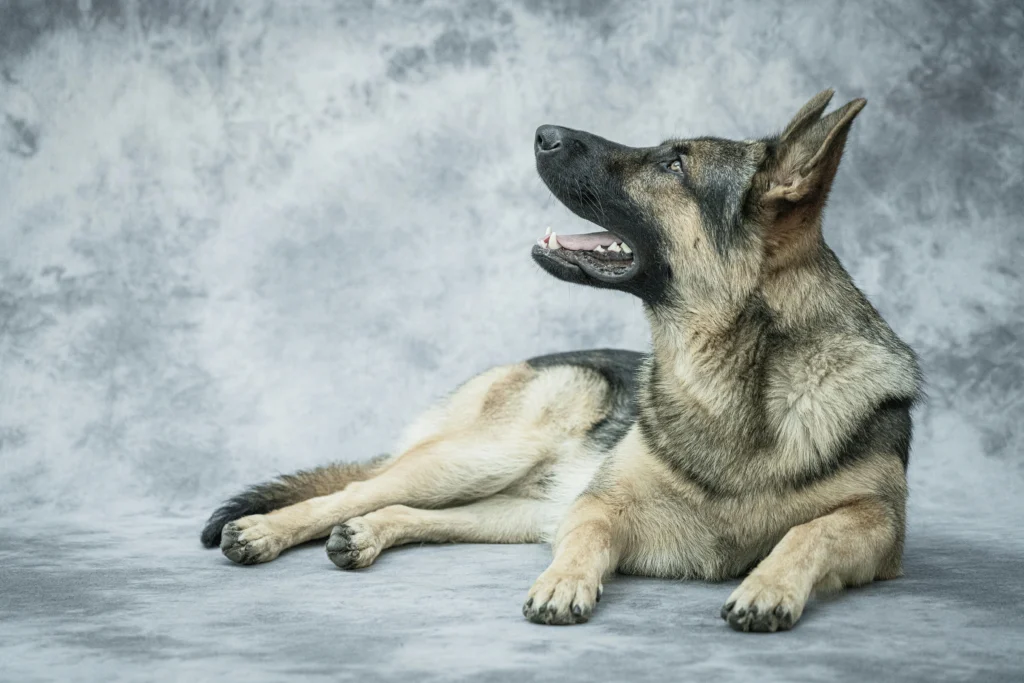
Recognizing When Your Senior Dog Needs a Veterinary Dental Check
Knowing the Warning Signs That Call for Professional Help
No matter how consistent your at-home dental routine is, there comes a time when your senior dog may need professional care. Aging dogs face higher risks of dental disease due to weakened immunity and years of accumulated plaque. Recognizing early symptoms and acting quickly can save your dog from unnecessary pain and health complications.
One key indicator is difficulty eating. If your dog begins to chew more slowly, favors one side of the mouth, or drops food while eating, they may be experiencing discomfort or tooth pain. Sudden changes in appetite should never be ignored, especially in senior pets.
Excessive drooling or drooling with blood is another sign that something is wrong. This could mean inflamed gums, an abscess, or a damaged tooth. Similarly, if you notice your dog rubbing their face on the floor or pawing at their mouth, it might be due to oral irritation.
Noticeable gum swelling, loose teeth, or heavy tartar accumulation are all clear indicators of serious dental issues. At this point, a vet visit is essential. Left untreated, these issues can lead to infection spreading to the heart, liver, or kidneys.
Veterinarians can conduct a full dental exam and suggest professional cleaning or tooth extractions if needed. They might also perform X-rays to assess any damage hidden below the gumline.
Your job as a pet owner is to stay alert. If anything about dental care for older dogs, eating habits, or behavior seems off, it’s better to be safe and schedule a check-up.
With timely vet care, even dogs with dental problems can return to a pain-free, healthy life.
Best Dental Products for Older Dogs: What to Use and Why
Selecting the Right Tools for Gentle and Effective Dental Care for Older Dogs
When dental care for older dogs health, choosing the right products is just as important as the routine itself. Older dogs often have more sensitive gums and weaker teeth, so it’s crucial to use gentle, safe, and effective tools designed specifically for their needs.
Start with a soft-bristled dog toothbrush. These are smaller than human brushes and shaped to comfortably reach your dog’s molars and gumline. For extra-sensitive pets, finger brushes made of silicone offer a soft, non-invasive way to clean hard-to-reach areas.
Next, choose a veterinarian-approved toothpaste. Toothpastes designed for dogs are free from harmful substances like fluoride and xylitol, both of which can be toxic to pets. Many options come with appealing flavors, such as poultry or peanut butter, to make the brushing experience more enjoyable. Enzymatic formulas assist in naturally breaking down plaque and minimizing bacteria.
Dental chews are another helpful addition to dental care for older dogs. Look for products approved by the Veterinary Oral Health Council (VOHC), which meet standards for effectiveness. Chews should be firm enough to scrub teeth but not so hard that they risk breaking aging teeth.
For dogs who resist brushing, oral rinses or water additives can provide antibacterial benefits and reduce odor. These are simply added to your dog’s water bowl, making them an easy supplement to your main dental care for older dogs.
Finally, consider dental diets or treats formulated to support oral hygiene. These are designed to scrape off plaque and promote chewing, which helps maintain jaw strength in dental care for older dogs.
By using the right combination of tools tailored for aging pets, you can support dental care for older dogs health with less stress and better results.
Creating Routine dental care for older dogs at Home
Simple Daily Habits That Make a Big Difference
Establishing a consistent routine of dental care for older dogs at home is one of the most effective ways to protect your senior dog’s health. While professional cleanings are important, what you do every day matters just as much, especially for dental care for older dogs, who are more vulnerable to dental disease.
The cornerstone of any dental routine is brushing your dog’s teeth. Try to brush your dog’s teeth at least three times a week, with daily brushing being the best option. Use a toothbrush made for dogs along with a pet-safe toothpaste, and avoid human toothpaste, as it can contain harmful ingredients for pets. Gently brush along the gumline and teeth, starting slowly if your dog is new to the process.
Incorporate dental treats or chews as part of their routine dental care for older dogs. These are more than just tasty snacks, they’re designed to reduce plaque and stimulate saliva, which naturally helps clean the mouth. Choose products approved by the Veterinary Oral Health Council (VOHC) for better results.
Adding a water additive can also support dental care for older dogs hygiene. These odorless and tasteless liquids help reduce bacteria in your dog’s mouth and freshen their breath without the stress of brushing.
Make dental care a positive experience. Reinforce positive associations with brushing by using praise, petting, and small treats. With patience, even older dogs can learn to accept and even look forward to routine dental care for older dogs.
Lastly, don’t skip monthly checks at home. Lift your dog’s lips and inspect their gums and teeth. Look for redness, swelling, or unusual odors, which could signal a problem.
By turning dental care into a daily habit, you’ll not only improve your senior dog’s oral health but also enhance their overall quality of life.
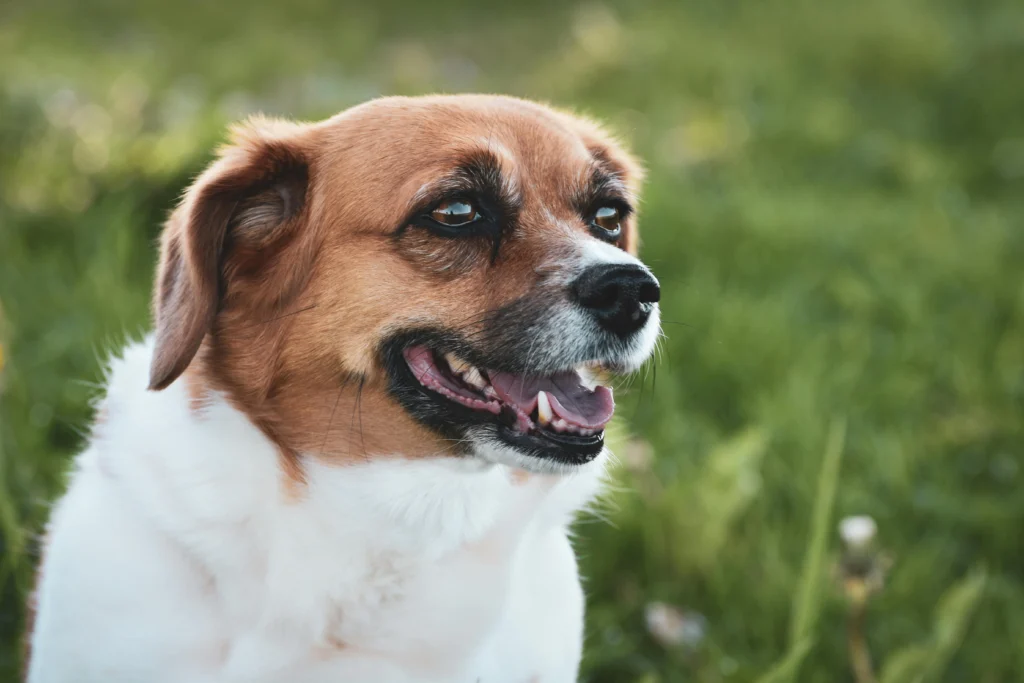
Common Dental Problems in Senior Dogs and How to Spot Them
Recognizing the Early Signs Before They Turn Serious
As dogs age, their likelihood of experiencing dental problems rises considerably. Understanding the most common dental problems that affect dental care for older dogs and learning to identify the warning signs early can help you intervene before minor discomfort becomes a major health concern.
Periodontal disease is one of the most common conditions in senior dogs, beginning with plaque accumulation that eventually hardens into tartar. Over time, this leads to inflamed gums (gingivitis), infection, and even loss of teeth if left untreated. Signs include red or bleeding gums, bad breath, and a yellow or brown coating on the teeth.
Another frequent issue is tooth root abscesses. These painful infections occur deep below the gumline and can go unnoticed until they cause swelling, visible lumps on the face, or sudden difficulty eating. Your dog may paw at their face or become unusually quiet or withdrawn.
Tooth resorption, where the tooth structure starts breaking down from within, is also more common in older pets. Unfortunately, this is often a hidden issue that requires X-rays for detection. Symptoms may include increased drooling, bleeding from the mouth, or discomfort during meals.
Don’t overlook oral tumors, which are rare but more prevalent in aging dogs. While not always cancerous, any lump or mass in the mouth should be examined by a vet immediately.
Routine dental exams, whether at home or with your veterinarian, are essential for spotting these issues early. If your dog shows any changes in appetite, behavior, or oral hygiene, take it seriously.
By staying alert and proactive, you can catch dental problems in their early stages, ensuring your senior dog stays comfortable, healthy, and happy for years to come.
Professional Dental Cleanings: Are They Necessary for Older Dogs?
Why Senior Dogs Still Need Dental Checkups
As dogs grow older, their dental health requires more attention than ever before. Years of plaque buildup, gum wear, and unnoticed oral issues can accumulate, and without professional intervention, these problems may severely impact a dog’s overall health. While brushing at home helps, it cannot replace the depth of care provided during a professional veterinary cleaning.
Veterinarians perform dental cleanings under anesthesia to ensure thorough examination and treatment. This allows them to clean below the gumline where most dental problems start and check for signs of infection, loose teeth, or even oral tumors. For senior dogs, detecting these issues early is critical, as oral bacteria can affect vital organs like the heart or kidneys.
It’s natural to feel concerned about the risks of anesthesia, especially with older pets. However, modern veterinary medicine includes pre-anesthetic blood work and close monitoring throughout the procedure. If your senior dog is in stable health, your vet can take precautions to minimize risks and maximize safety.
Postponing professional cleanings can lead to tooth loss, chronic pain, and decreased appetite due to discomfort. This not only affects your dog’s ability to eat but also their overall happiness and energy levels.
In short, professional dental cleanings are not just optional they are a key component of senior dog care. When paired with regular at-home dental routines, these cleanings can significantly extend your dog’s comfort and quality of life in their golden years.
Natural Alternatives for Dental Care for Older Dogs
Gentle, Holistic Options to Support Oral Health
For pet owners seeking a more natural approach to dental care for older dogs, several gentle and effective alternatives can support oral hygiene without relying solely on chemical-based products. These natural methods can be particularly helpful for dogs with sensitivities, health conditions, or those who are nervous about brushing.
One popular option is coconut oil, which contains antibacterial and anti-inflammatory properties. You can apply it directly to your dog’s teeth and gums using your finger or a soft cloth. Not only does it help reduce bacteria, but it can also freshen your dog’s breath.
Herbal dental sprays made from safe, natural ingredients like peppermint, neem oil, and aloe vera are another alternative. These sprays are designed to fight plaque, soothe irritated gums, and promote a cleaner mouth without harsh additives. Look for formulas specifically designed for dogs, as some essential oils can be toxic to pets if not properly diluted.
Raw carrots and apples (without seeds and in moderation) can also function as natural toothbrushes. Their crunchiness helps scrape away plaque, and they offer a low-calorie, vitamin-rich snack your senior dog may enjoy. However, these should never replace regular brushing or professional care, they’re simply a helpful supplement.
Incorporating natural dental powders or water additives can also improve dental care for older dogs health. These products often use ingredients like kelp, activated charcoal, or enzymes to reduce plaque and freshen breath over time.
While holistic dental care for older dogs can support your dog’s oral hygiene, it’s important to consult your veterinarian before making major changes. Every dog is different, so what works for one may not be the best option for another.
Including these natural methods in routine dental care for older dogs can offer gentle and effective assistance in keeping their mouth healthy as they age.
Conclusion:
Maintaining good hygiene in dental care for older dogs is more than just about fresh breath, it’s a vital part of ensuring their overall well-being during their golden years. As dogs age, they become more vulnerable to gum disease, tooth decay, and oral infections that can affect their ability to eat, sleep comfortably, and enjoy daily activities.
Neglecting dental care for older dogs can lead to chronic pain, tooth loss, and in severe cases, infections that spread to vital organs like the heart, kidneys, or liver. By taking a proactive approach combining regular vet checkups, at-home care, and, when necessary, professional cleanings, you can dramatically reduce these risks and help your pet live a more comfortable life.
Incorporating natural remedies, dental-friendly diets, and consistent routines also empowers you to support dental care for older dogs health in a gentle, non-invasive way. Every small effort, from brushing their teeth to offering the right chew toys, contributes to preserving their quality of life.
In the end, dental care for older dogs relies on you to make decisions that protect their health and happiness. By making dental care a regular part of your dog’s routine, you’re giving them the gift of a healthier, pain-free life filled with more tail wags and joyful moments.
Frequently Asked Questions (FAQ)
1. How can I tell if my senior dog has dental problems?
Look for warning signs like smelly breath, difficulty chewing, swollen gums, or unusual drooling. If your dog avoids eating or favors one side when chewing, dental discomfort may be the cause.
2. Does dental care for older dogs need their teeth cleaned?
Yes, senior dogs benefit from routine dental cleanings. These procedures remove harmful plaque and tartar that can’t be addressed by brushing alone, helping prevent pain and infections.
3. Is brushing my senior dog’s teeth still helpful at their age?
Absolutely. Regular brushing can slow down dental disease and reduce the risk of tooth loss or gum infections, making a big difference in their comfort and health.
4. Are there natural alternatives for improving my older dog’s dental health?
Natural dental aids like coconut oil, raw vegetables, and enzyme-based powders can certainly support the maintenance of oral hygiene. However, they work best alongside regular vet visits and brushing.
5. What happens if I ignore my older dog’s dental care?
Neglecting dental health can lead to chronic pain, infections, and even harm to internal organs. Prioritizing dental care ensures your dog remains happy, active, and pain-free as they age.
